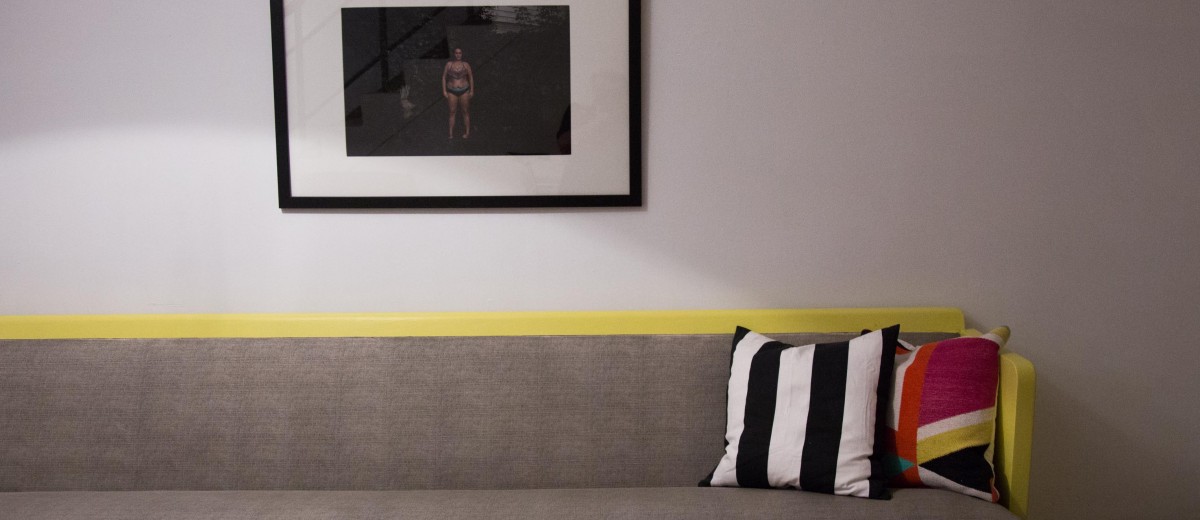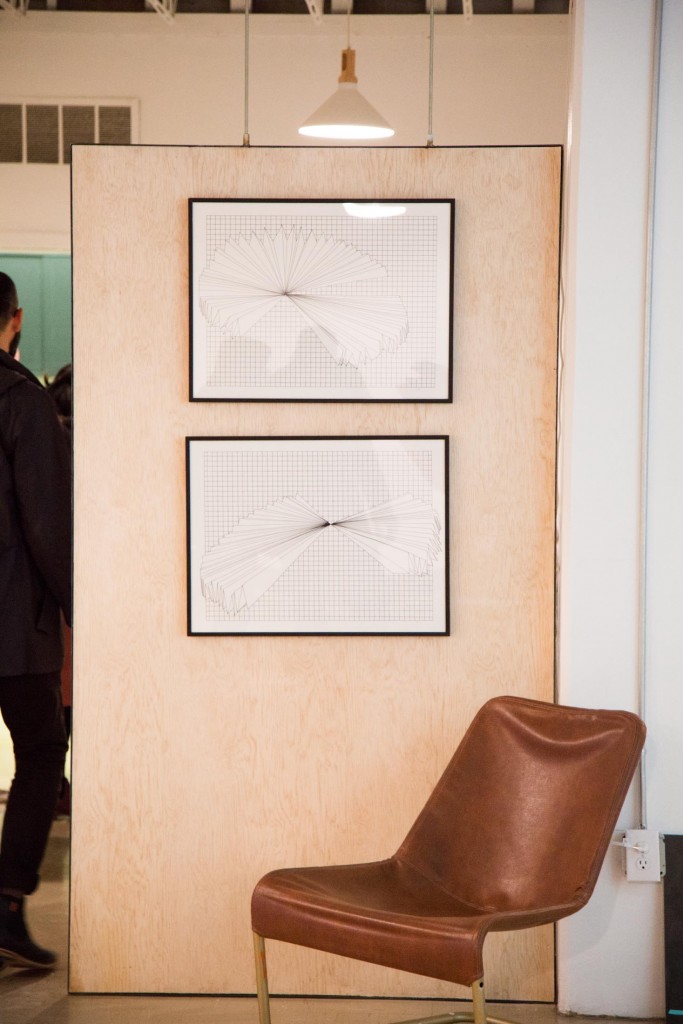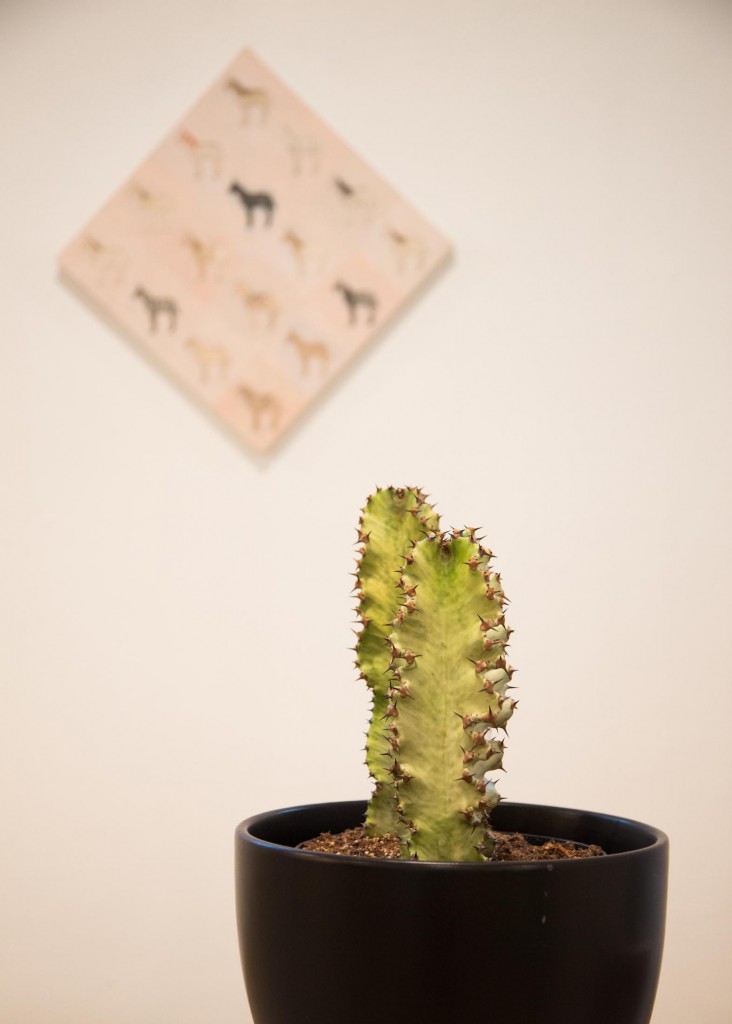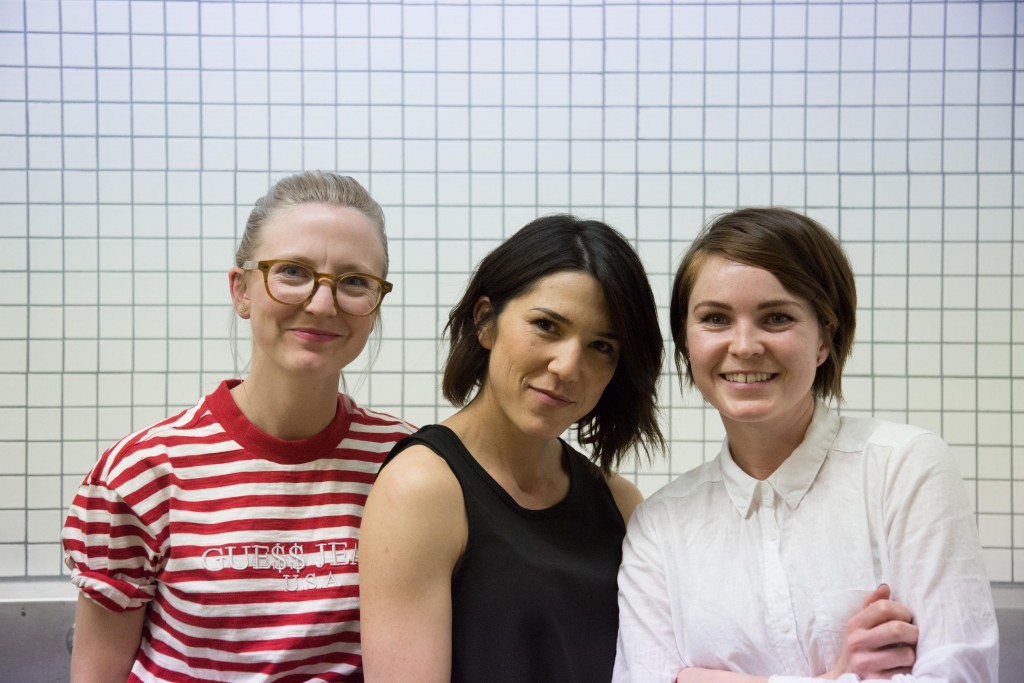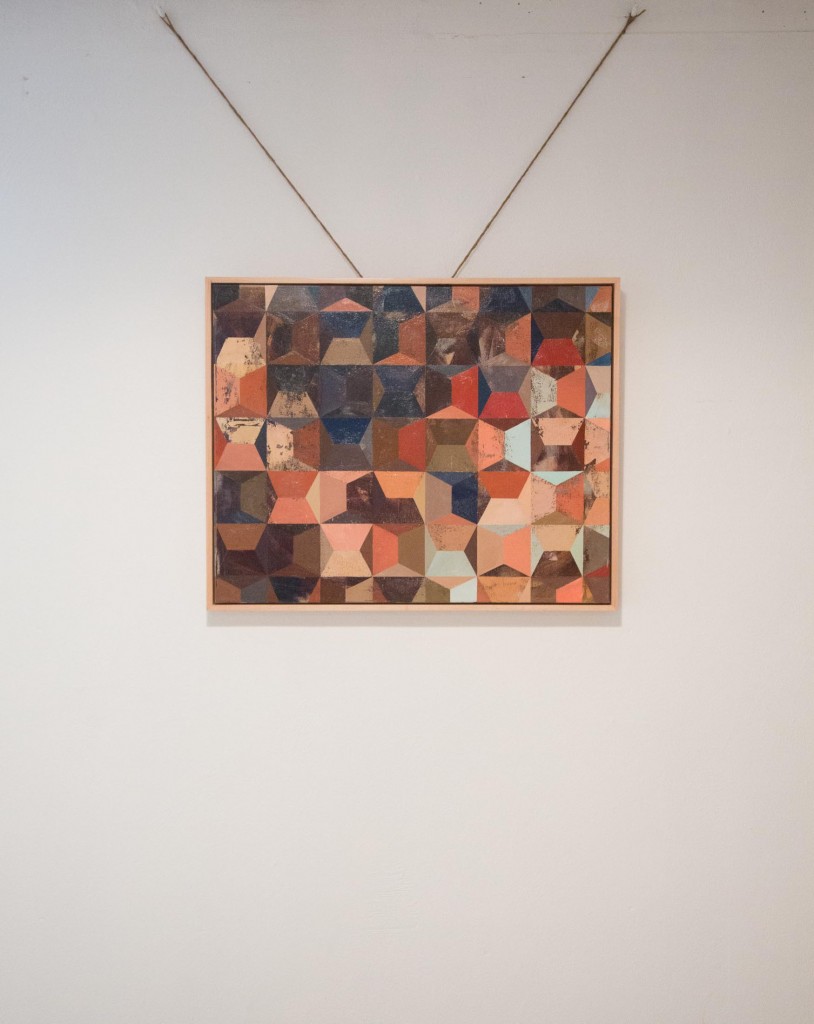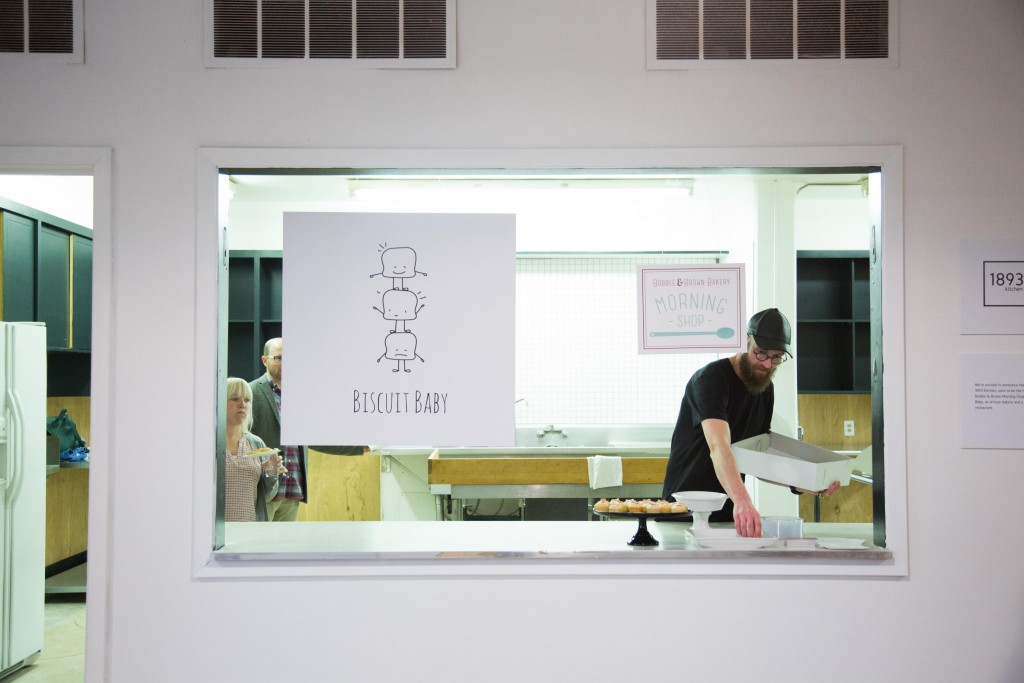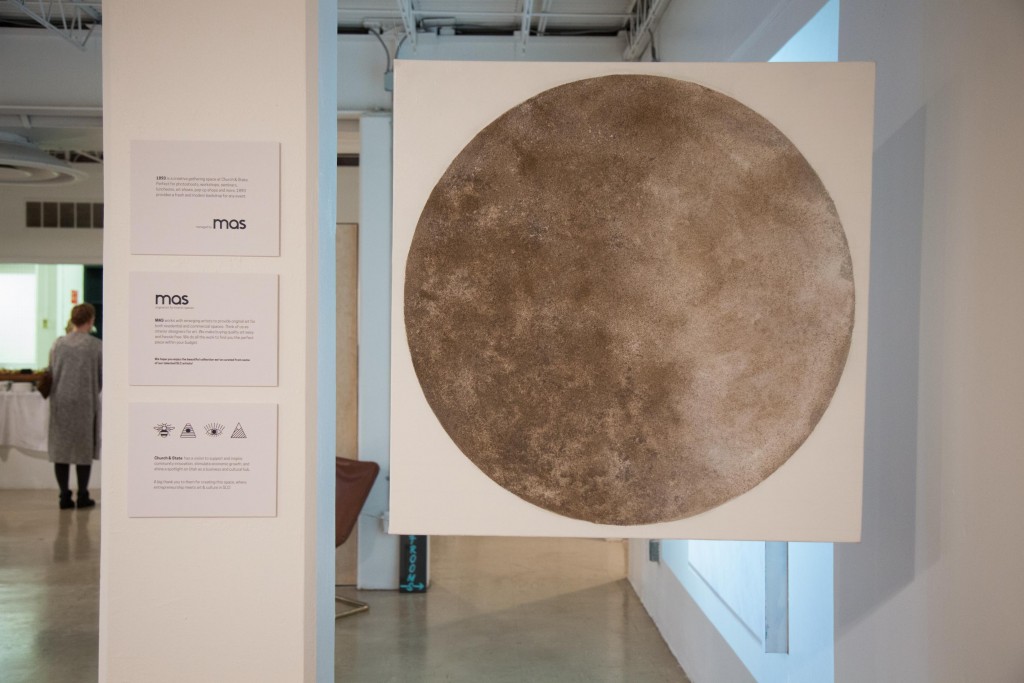We all know that, as Beyoncé puts it, girls run the world. That’s arguably especially true in the art world, where many powerful and influential art advisors, auction house specialists and dealers are all women. These are the curators, whose exhibitions help us to reassess established figures or bring new ones to light. Curators help build museum collections, or work independently to organize biennials and triennials, and often publish in magazines and journals as part of their portfolio.
Meet MAS (pronounced ‘moss’), Salt Lake’s dedicated team of incredible women, artists, and curators of Salt Lake’s finest modern art- with a mission: to make art accessible to everyone.
The way art is positioned and presented is becoming an increasing obsession in the art world. The rise of super curators and curatorial styles are under strong focus as never before.
In On Curating, Carolee Thea writes, “Among the major figures to have come of age in [today’s] cultural milieu is the independent curator, whose importance can be compared to that of the literary critic’s in the 1950s or the business consultant’s in the 80s. Yet, aesthetically, curators are more like theater directors, and it could be argued that they follow a performance paradigm rather than one based on the object or commodity. We could say they are translators, movers or creators whose material is the work of others—but in any case, the role of mediator is inescapable. While the art critic embodies the generalized gaze of the public, the curator inversely translates the artist’s work by providing a context to enable the public’s understanding. The expanding geography of the art world, the complexity and interdisciplinary nature of artistic proposals, and the demands of various publics create a situation in which mediation plays an ever more crucial role in the exploration and dissemination of art.”

MAS currently resides in The Church and State Building. They host events of all types in their space called, 1893. Located in the basement of this renovated Evangelical Church, the space is airy, dynamic, and lively.

Justin Wheatley’s series on architecture, homes, and shadows is remarkable in its simplicity of content, and riches of meaning.

This space is perfect for intimate gatherings, business meetings, lunch with colleagues, and even modern weddings.

